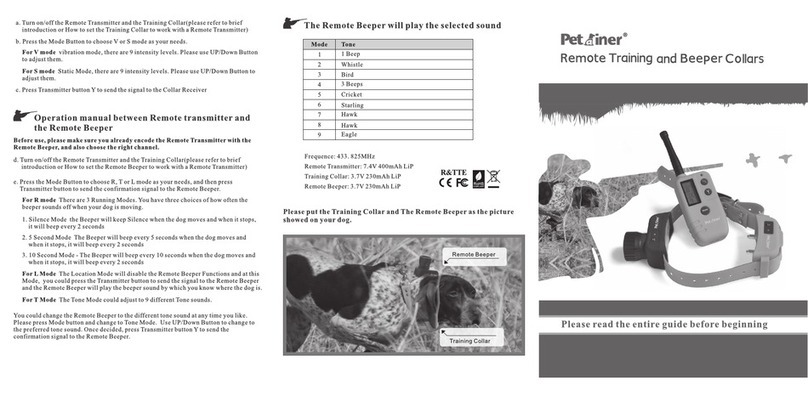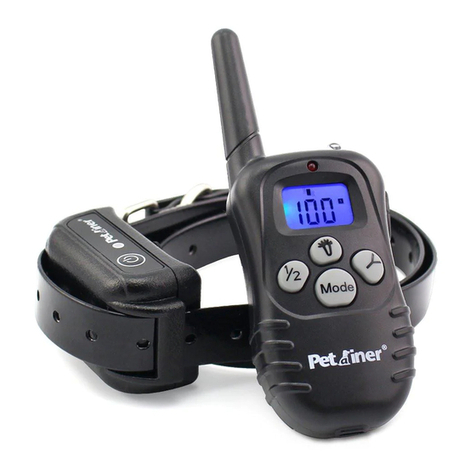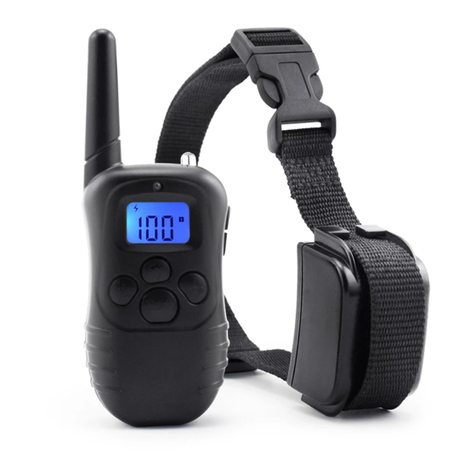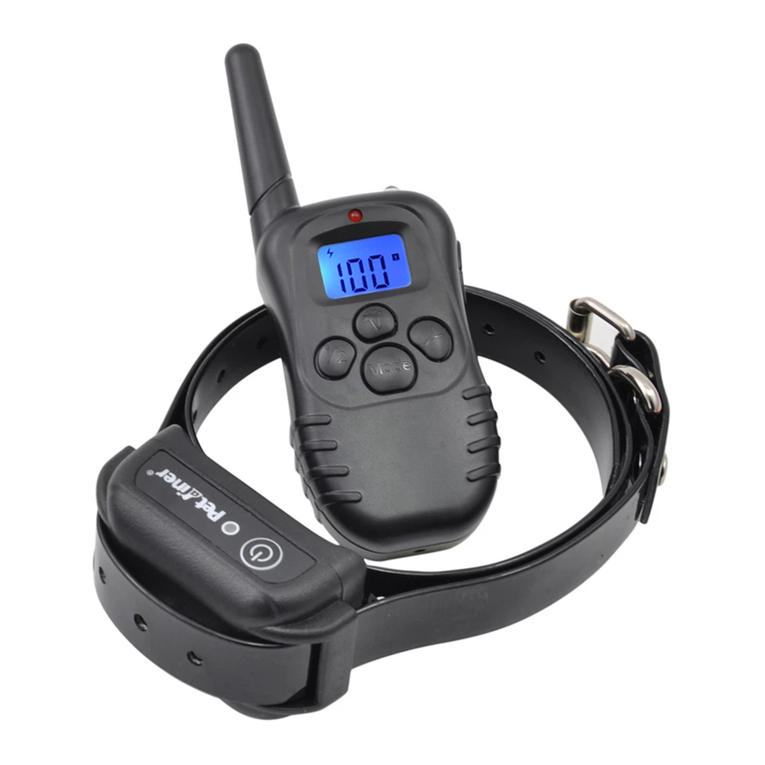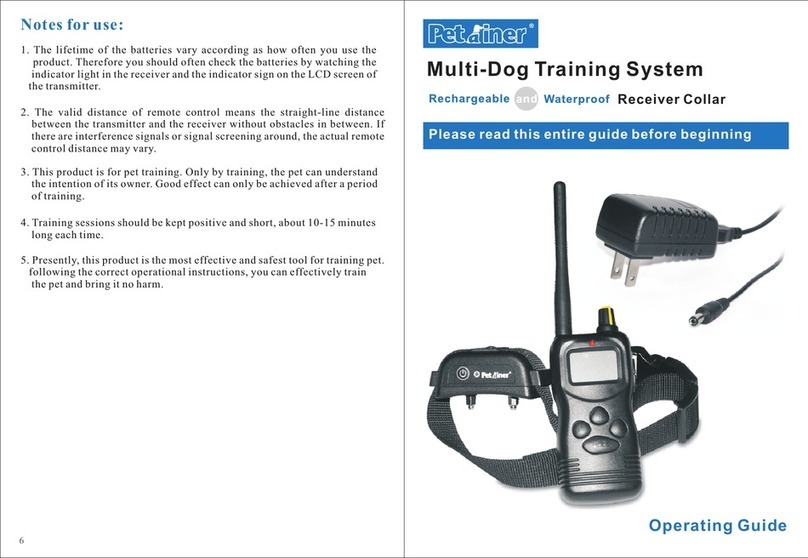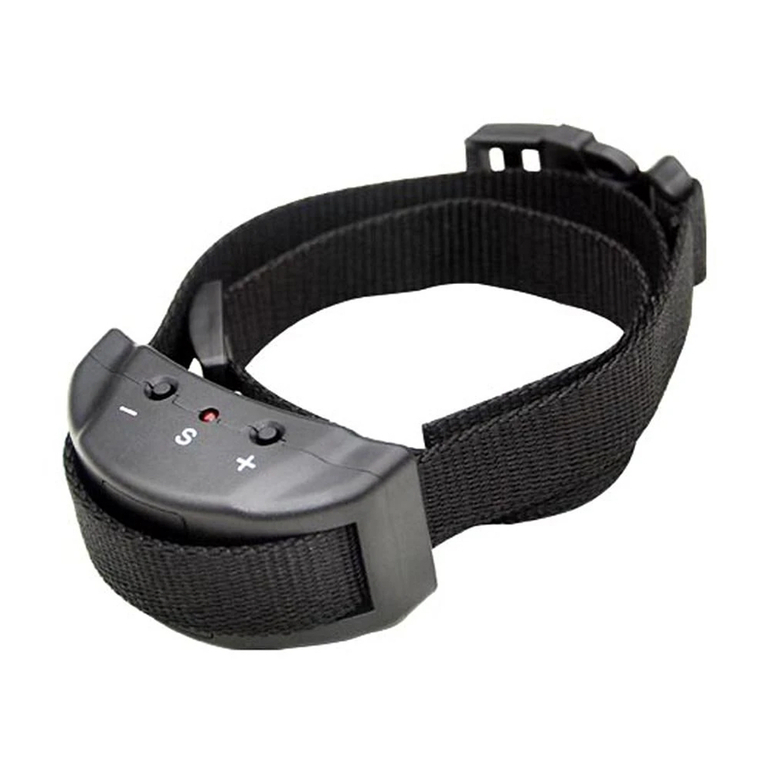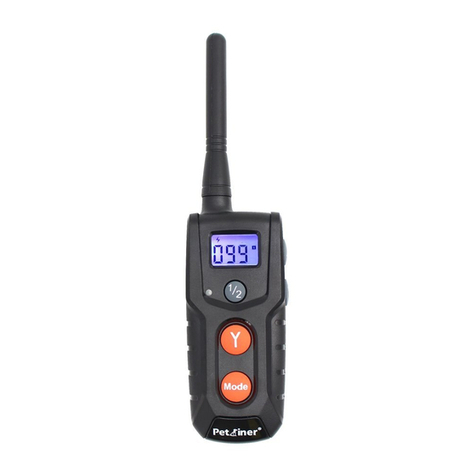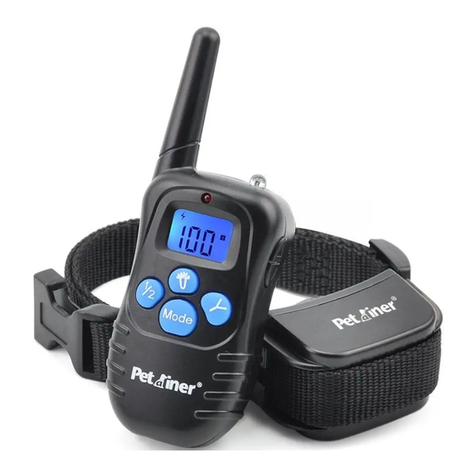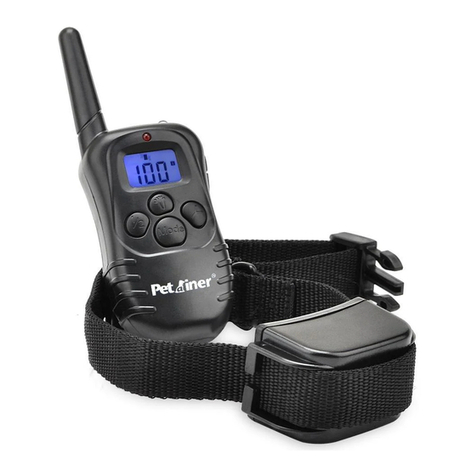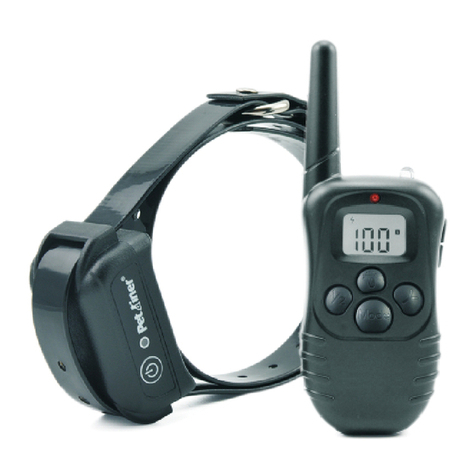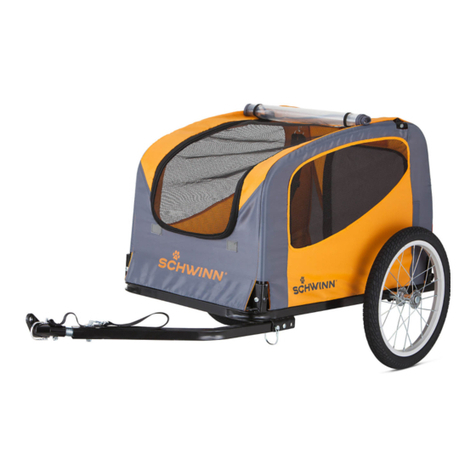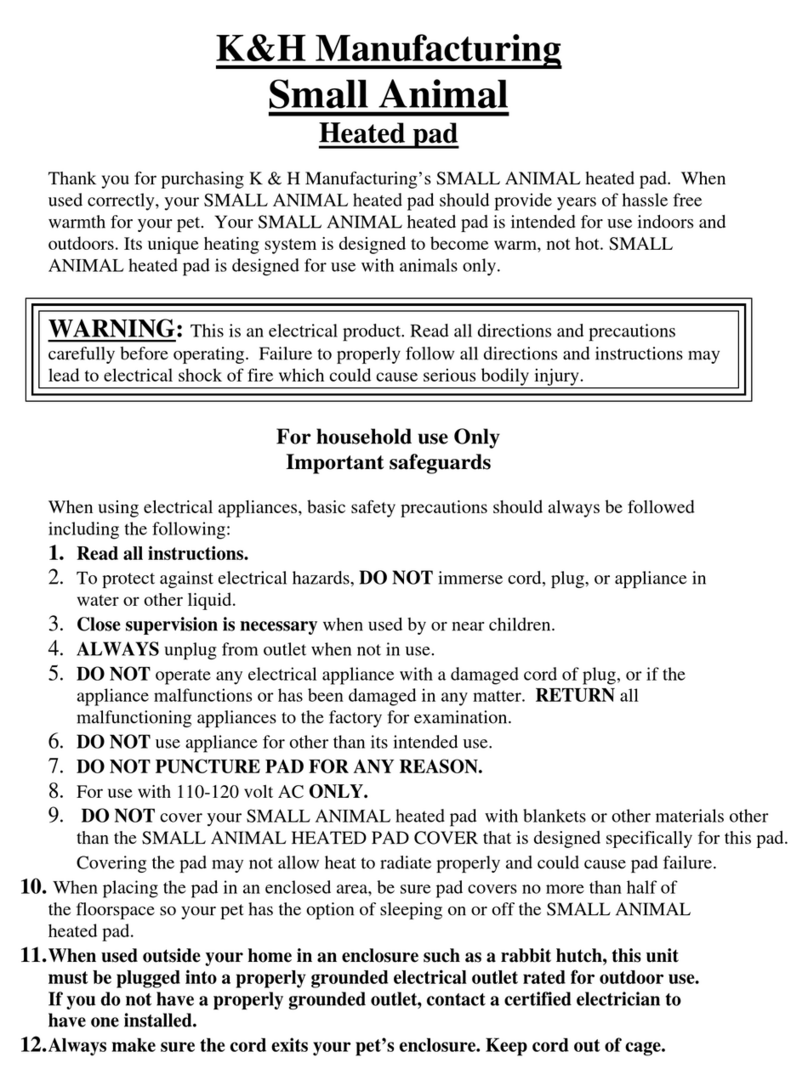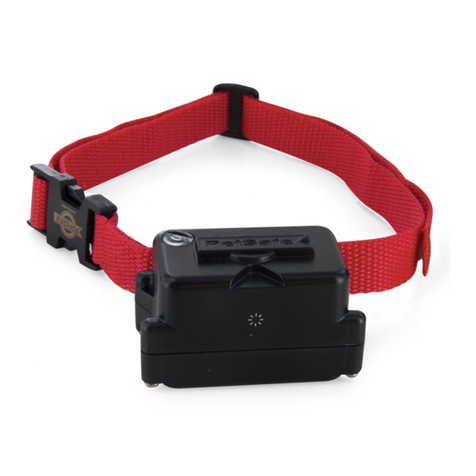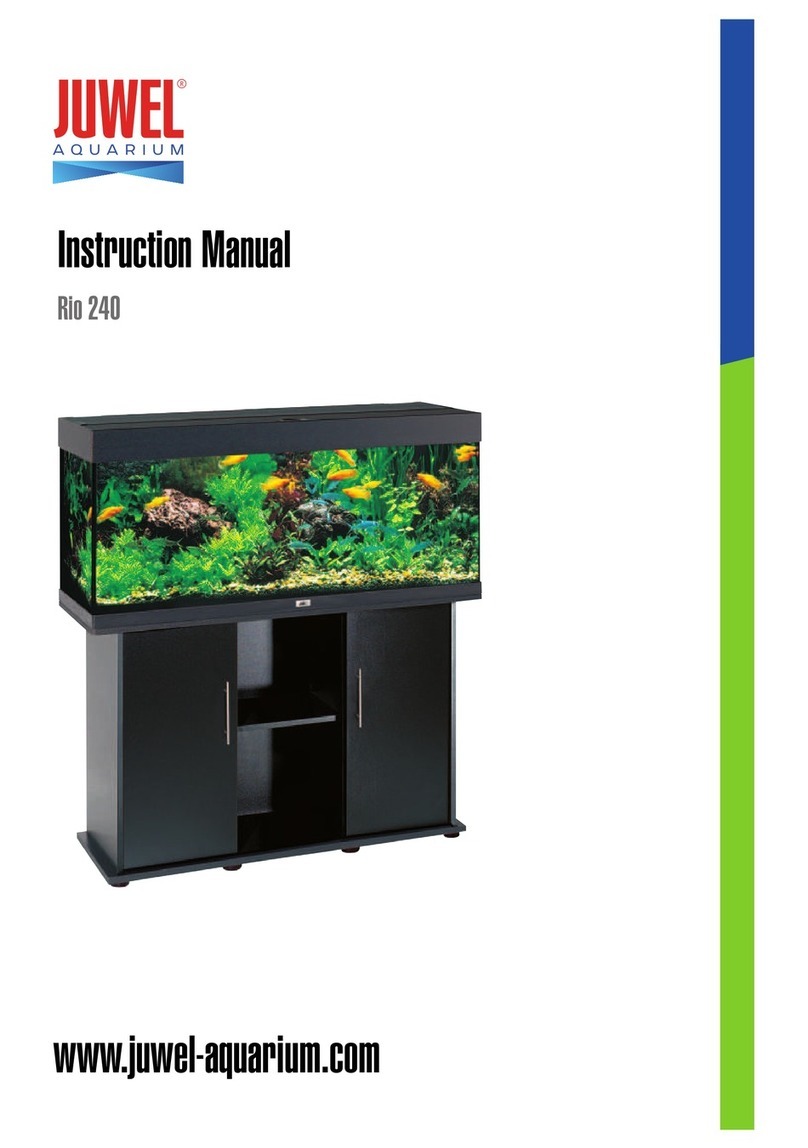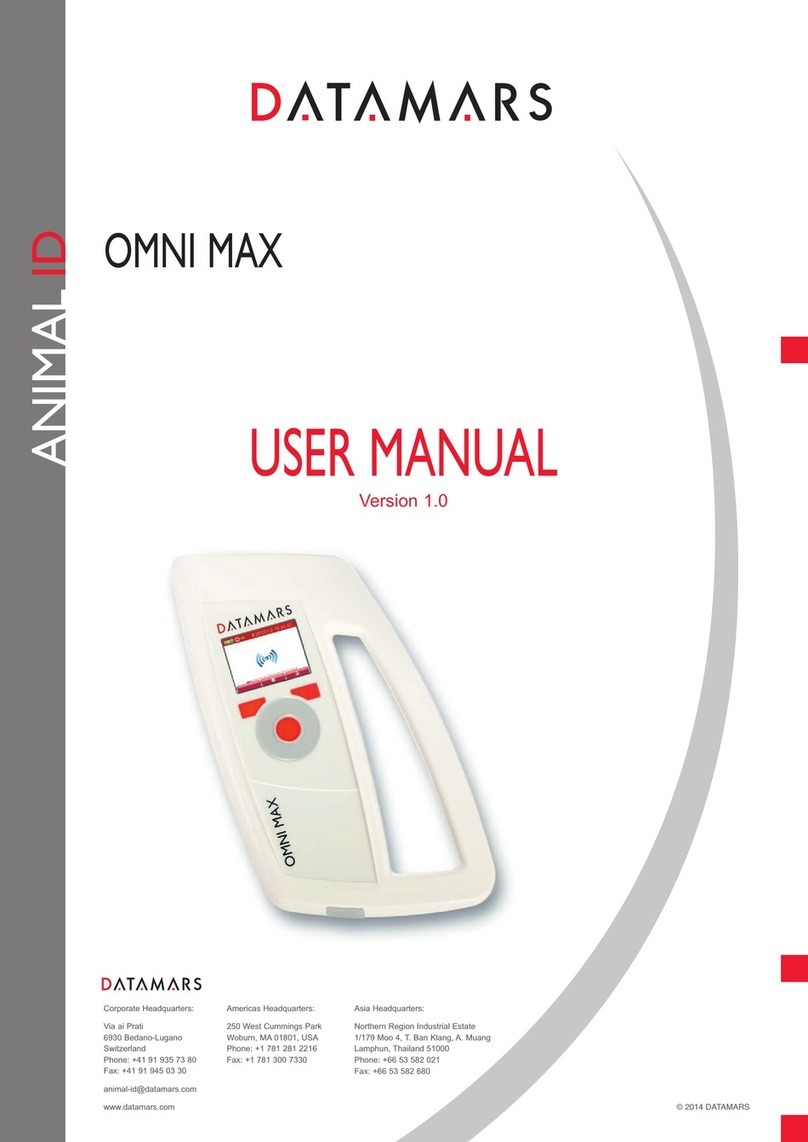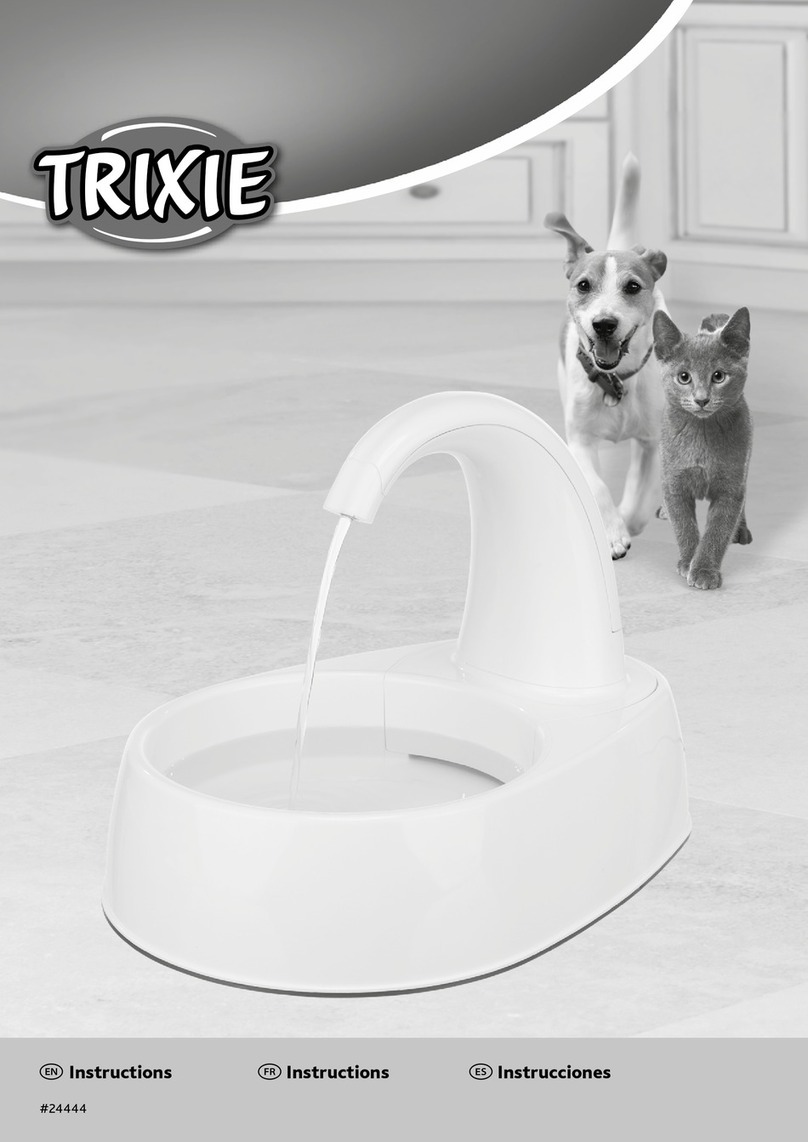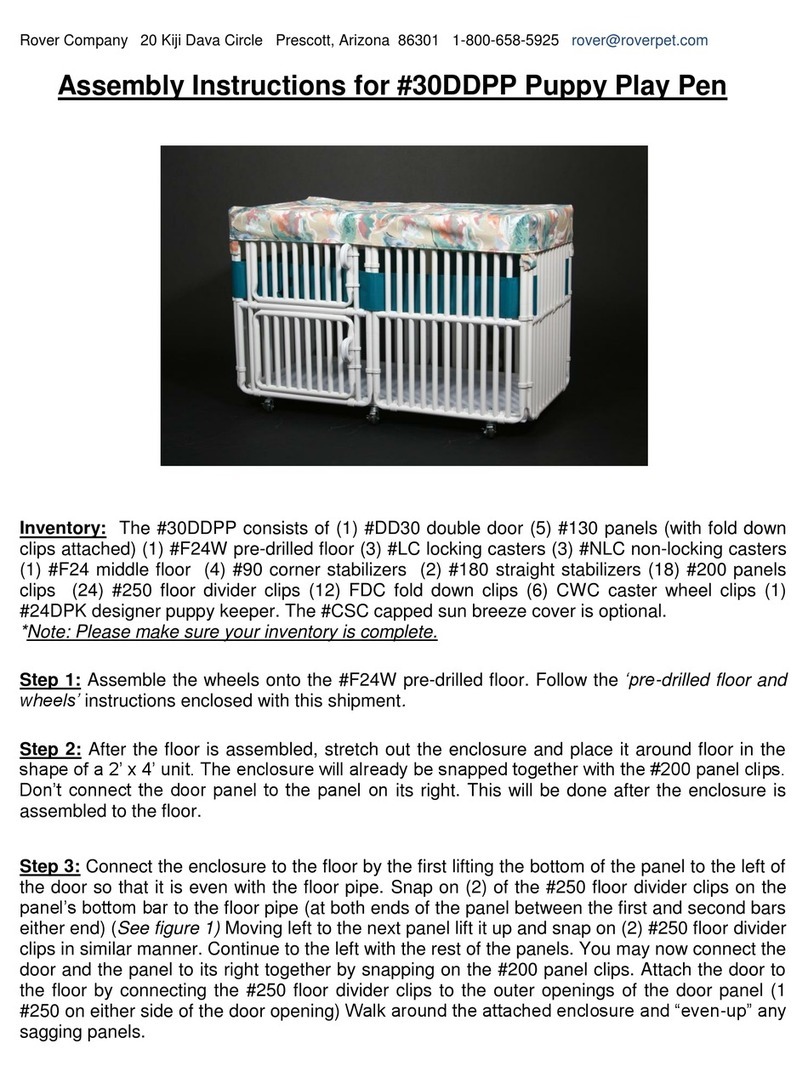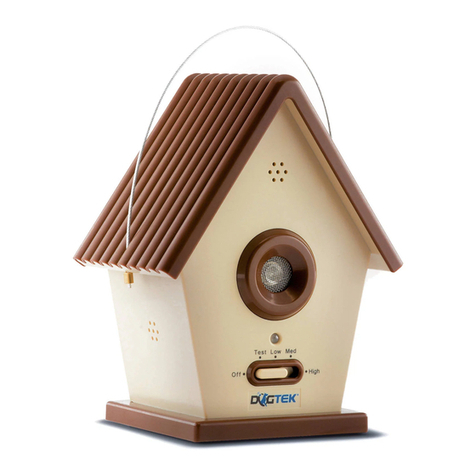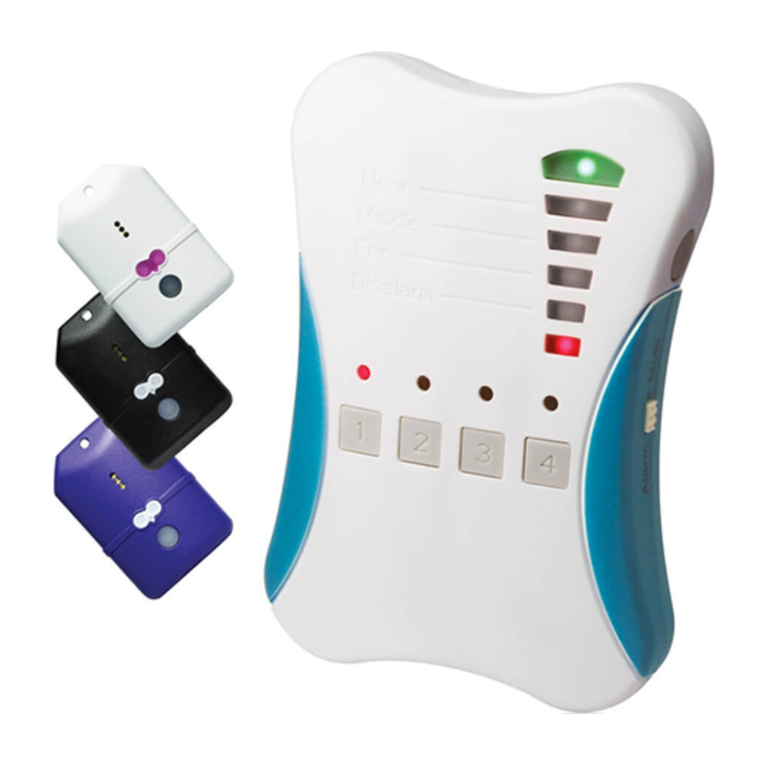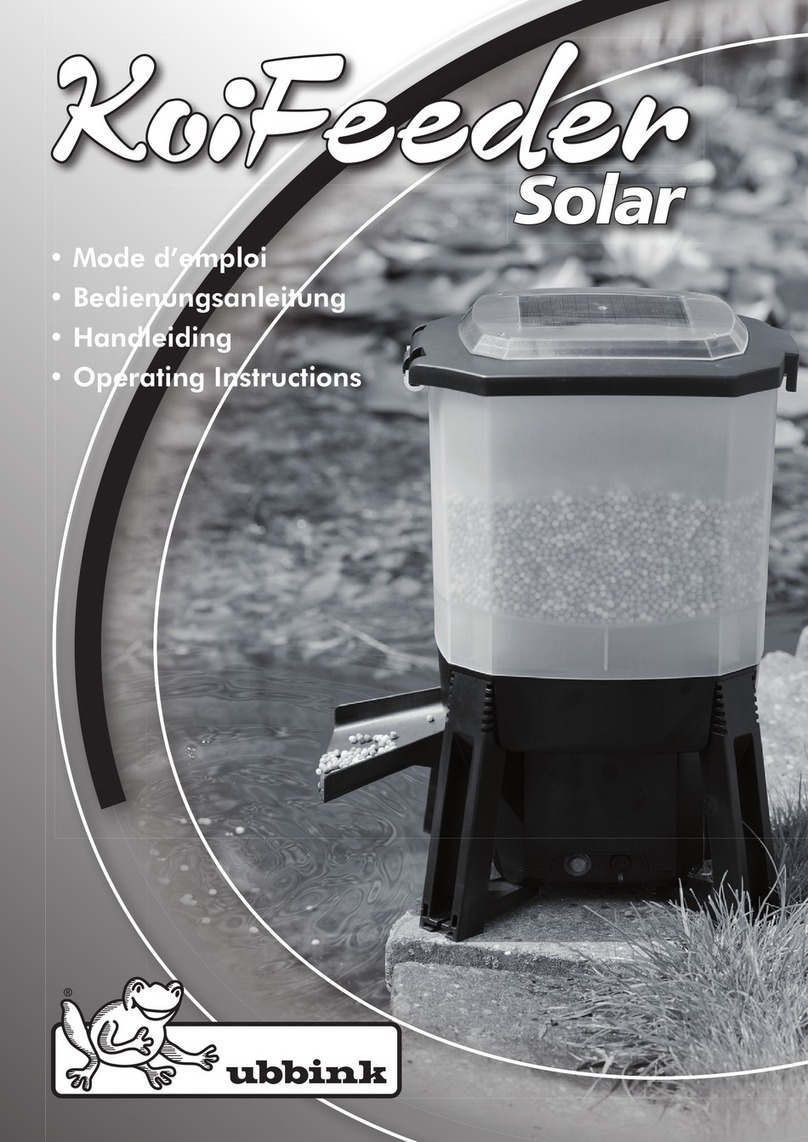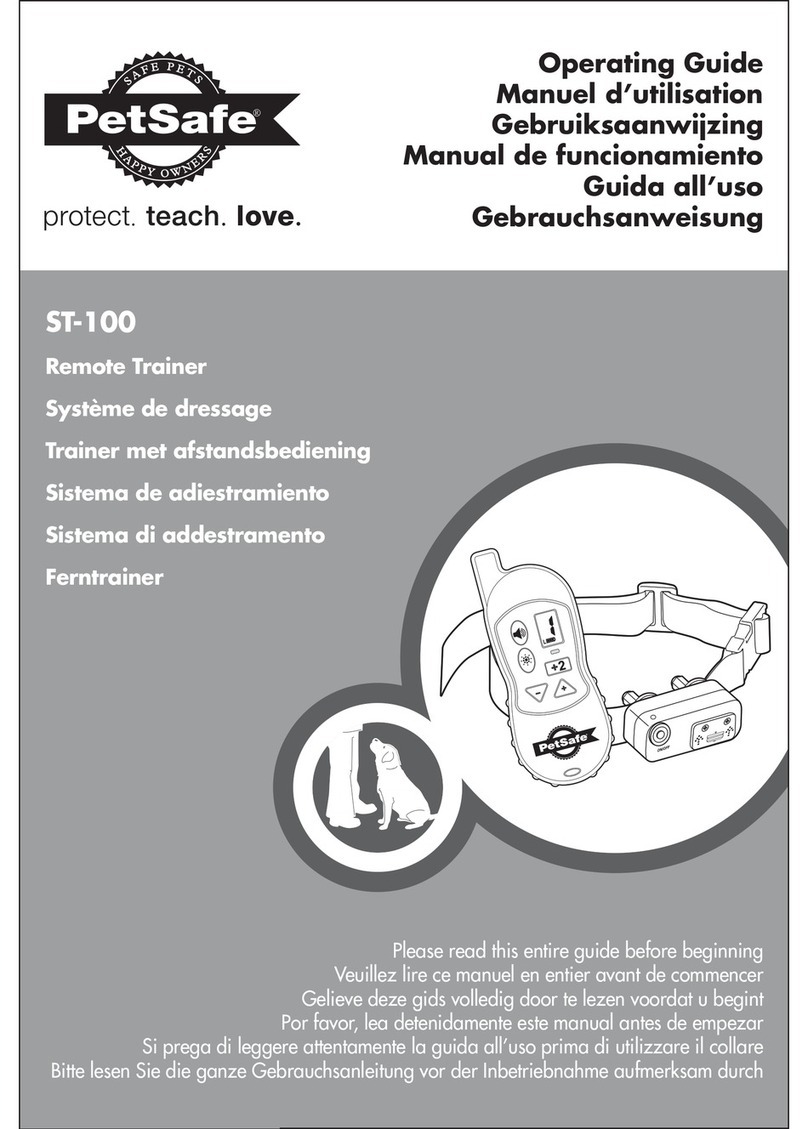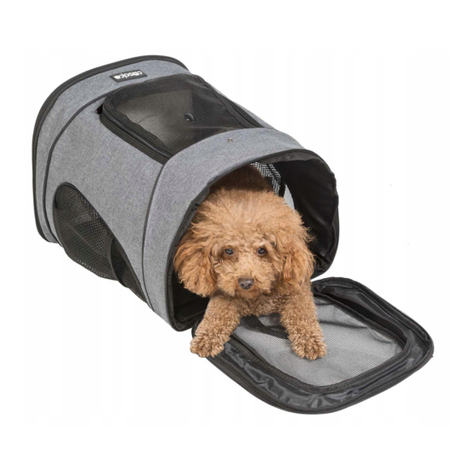NEVER perform set-up procedures when the collar is on your dog.
An electronic collar should only be used under close supervision by the dog's
owner.
KEEP OUT OF THE REACH OF CHILDREN.
Read all instructions before using this product.
IMPORTANT NOTE
Realize that because individual dogs have unique temperaments, there is no way of
knowing how your dog will react to its introduction to this product. For the safety
of your dog, initial training should take place using a long leash to keep you in control
of the situation. Also realize that an aggressive animal could turn against upon
receiving the stimulus. Therefore, if you feel your dog has an aggressive behaviour
and/or it has a history of aggressive behavior, you should consult a certified animal
behaviorist before using this product.
Step
1
SECTION 1
INSTRUCTIONS FOR SETTING UP THIS FENCING SYSTEM
PREPARE A LAYOUT OF YOUR CONTAINMENT AREA
A. Design and Draw Diagram
Prepare a diagram of the area you want to contain your dog.
location of house, driveway, pond, garden, swimming pool, etc. A diagram
will help to avoid unforeseen obstacles. If your neighbour has a containment
system installed, mark the location of the buried wire on your diagram.
Including the
B. Contact Utility Company
Contact your utility companies to mark any buried utility lines. Be sure to
include the buried lines on your drawing because these utility lines will
affect the placement of your wire.
C. Determine Location of Wall Transmitter
The transmitter can be mounted to a wall near any standard 110/240-Volt
household outlet with the included screws. It will withstand freezing
temperatures, but it is not waterproof. Therefore, it is best to locate the
transmitter in an enclosed area. Install the transmitter at least three feet
away from any large metal objects such as breaker boxes, water heaters,
metal garage doors, or washer and/or dryer. When installing the transmitter
4
